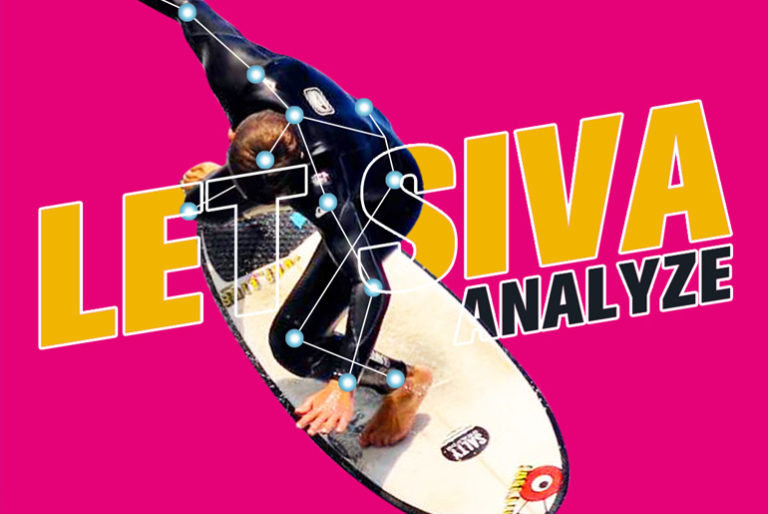For some, surfing is a serious sport, for others, just a way to relax and unwind on the beach. There’s always been a certain mystique around surfing and when you start to dig a little deeper you discover that surfing has a rich and deep history that dates back thousands of years.
While no one knows when surfing was created, we know it originated in the Polynesian islands of the Pacific Ocean. Wave riding was done throughout the Polynesian Pacific, as well as in West Africa and Peru, however the most documented and best known surfing was done in the Hawaiian Islands. For the people of Hawaii, surfing, also known as wave sliding was not just done for enjoyment, but also held a place of spiritual and social significance.
For the Hawaiians, surfing was governed by a code of rules and taboos known as kapu. They carefully selected the trees from which to carve their boards from, praying and making offerings for waves with the help of a Kahuna or expert priest.
Hawaiian men and women of all ages and social classes participated, riding surfboards shaped from koa, breadfruit, or wiliwili trees. Surfers competed and wagered on who could ride the farthest, the fastest, or catch the biggest wave with superior skill, granting respect, social status, and romantic success.
There were 3 main type of boards used by Hawaiians at this stage, the Alaia, Paipo and Olo Boards.
Alaia Boards
Alaia boards were thin, round-nosed, square tailed surfboards which resemble the modern shortboards. They were generally made from the wood of the Acacia Koa tree, the second most common tree on the Hawaiian Islands. Slightly different from today’s surfboards, the Alaia board used the sharpness of the edges to hold the board to the face of the wave.
Paipo Boards
The Paipo board was short, round-nosed boards on which riders typically lay on their stomachs as they surfed. They were easy to use and popular with tourists who could ride them prone and sometimes kneeling. The Paipo board is considered the ancestor of today’s bodyboards.
Olo Boards
The massive olo boards were reserved for the Chieftains. They were twice as long as today’s longboards however unlike today’s boards, they were all finless. This meant surfers had to drag their hands and feet through the water to turn and manoeuvre the board.
In the early 1900s surfing legends such as George Freeth and Duke Kahanamoku helped to popularise the sport. Before long surfing had become a popular pastime in California, Australia and New Zealand, and knowledge of the sport began spreading around the world.
Today, surfing is a multi-billion dollar global industry, with tens of millions of enthusiasts worldwide. Competitions and events are run all over the globe with sponsorships and product endorsements providing big bucks to top athletes. Video Analysis can help provide surfers with a competitive edge over their competition. With the recent invention of drones, surfers can now be filmed as they carve out their waves, allowing them to review their balance and stance and identify areas of weakness and opportunities to improve performance and technique.
SIVA, Sprongo’s intelligent video analysis software is the perfect tool for competitive surfers. It combines artificial intelligence with machine learning to automatically process your videos, quickly providing data and insights into their performance. This revolutionary new tool can do in moments, what used to take hours. SIVA is able to automatically identify the subject of the video, and map out the necessary skeleton and angles to provide a comprehensive data set for you to analyze. Already used by countless athletes in competitive sports around the world, SIVA as the potential to greatly impact and improve the performance of surfing professionals.
Try SIVA our for yourself today by heading to www.sprongo.com and signing up for a Pro account.

